- Empty cart.
- Continue Shopping
Earth Day 2021
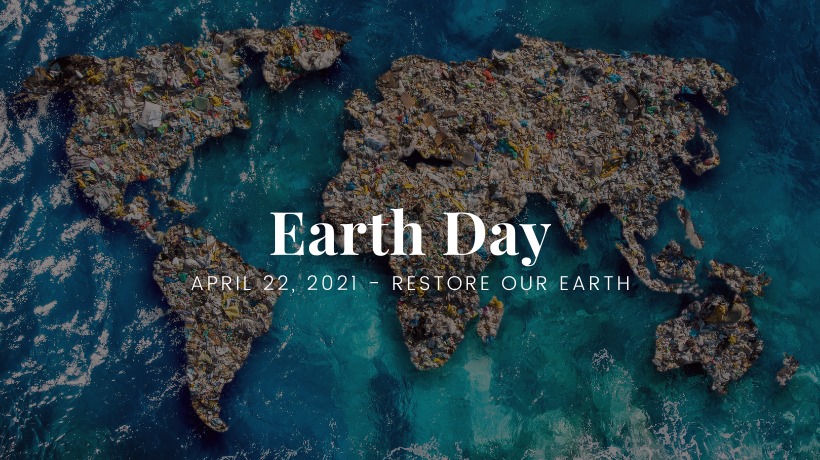
The origins of Earth Day
«We now find ourselves in front of two diverging paths. However, instead of the two paths of the famous poem of Robert Frost, these two roads are not equally correct. The road on which we are travelling since long time is deceptively simple, a smooth freeway on which we move along at full speed, yet at the end of this road a disaster is to be found. The other bifurcation of the road – the less travelled one – is our last road, the only chance to reach a destination that guarantees the preservation of the Earth ».
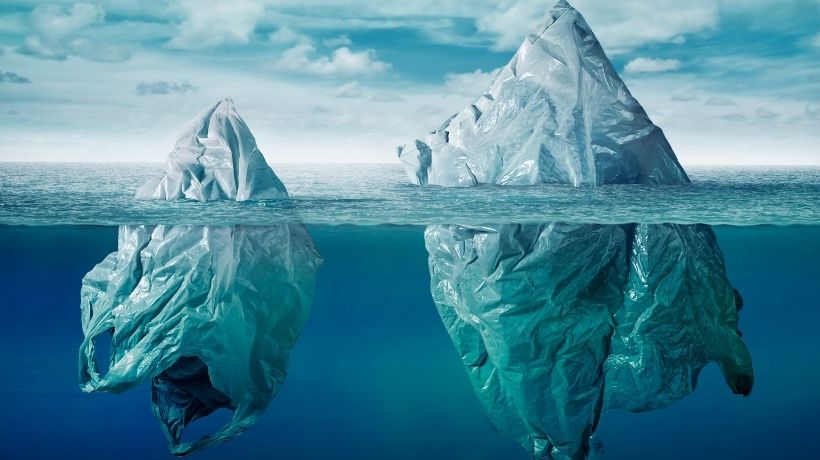
It is starting from the words by Rachel Carson that today humanity celebrates the Earth Day. The American biologist and zoologist in 1962 published a book considered one of the most important and pioneering environmentalist Manifestos, “Silent Spring”. It was this publishing, as it wanted to shed light on the use of agricultural pesticides new at the time, which gave birth to an environmentalist movement that awoke consciences in the sixties. Understanding the connection between the use of such products and the consequences not only on the insects they meant to eliminate but also on the land, le cultivations, the other animals as well as on human health, triggered a series of events that today lead us to accurately think over what happens every day to our own earth.
Earth Day, officially proclaimed in 1970 for the first time, has been celebrated every year on 22nd April over the last 50 years, that is one month and one day after Spring Equinox, also acting as a reminder of the first environmentalist demonstration occurred in USA to defend our planet. Such special day is based on a fundamental assumption for the entire human race: everybody, regardless their ethnic group, their gender, their income, their geographical location, have the ethic right to live in a healthy and sustainable environment.
Such anniversary represents a global occasion to discuss topics related to the safeguard of our environment and to the preservation of the world’s natural resources. The troubles faced each day by our ecosystem, such as water, air and land pollution, as well as the disappearance of thousands of plant and animal species, other than the depletion of nonrenewable resources, are continuously increasing and the attention and commitment of the global population is strongly needed to be able to obtain a tangible change. Only together can we prevent future disasters regarding climate change and environmental destruction. With this Community spirit, every year Earth Day takes place, involving at least 193 countries all over the world, with a series of global summits that analyze the climatic crisis strictly related to issues regarding pollution and not only that.
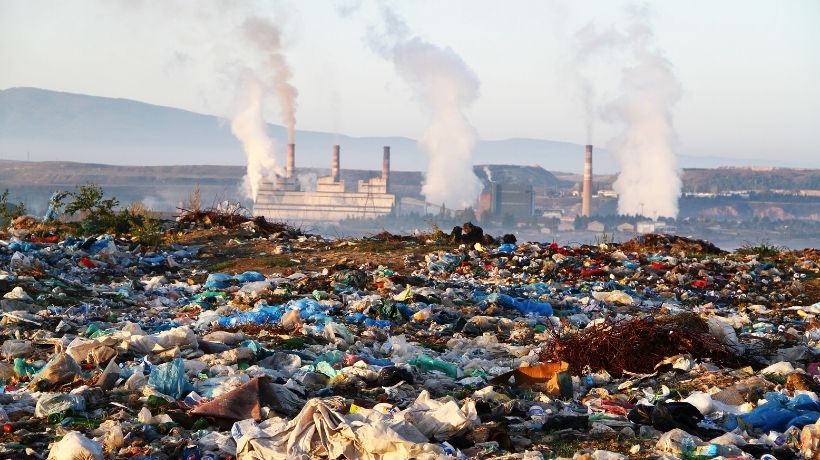
The reasons for this emergency
Climate changes that we have been witnessing since many years recently, led to the continuous increase of global heating, that causes horrible consequences to any form of life on our planet. What does actually generate this continuous and disproportionate increase of the average temperature on earth?
At the base of this pyramid that sees climate emergency as its peak, we find the consumption of fossil fuels (petroleum, coal, natural gas…), that is the main energy source exploited by human beings: the latter cause an increase of carbon dioxide in the atmosphere, as well as a general increase of greenhouse gas. Moreover, the use of such fuels leads to deforestation, which also increases the greenhouse effect. The massive aggression to our planet by means of exploitation, non-sustainable agriculture, pollution and deforestation, form the other steps of the pyramid that lead to the feared pinnacle of environmental disasters.
Consequences of climatic changes
Climate emergency which is ongoing since decades, yet has worsened in the last years, involves any sphere of our life and any other type of ecosystem. Scientists and scholars of this field provide a very dark picture of such situation and the word “extinction” emerges in a very creepy way.
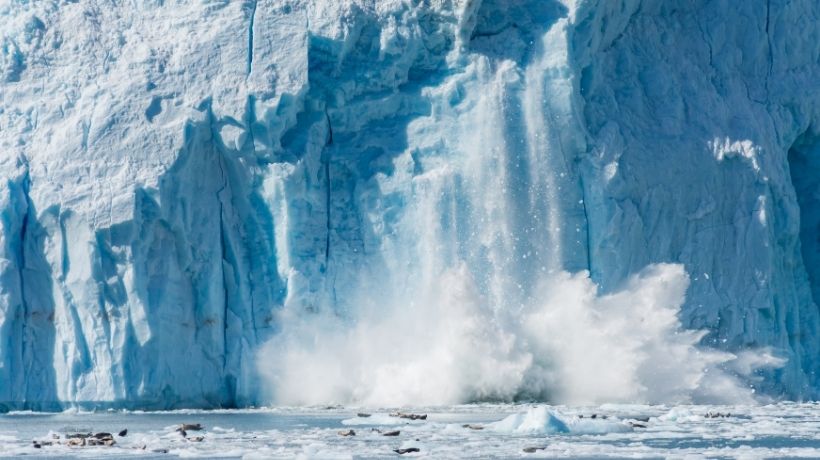
Some examples?
The melting of glaciers and of icecaps due to global heating causes the rising of the sea level which in turn triggers floods and coastal erosions, as well as heat waves and severe droughts, other than the increase in the intensity and in the frequency of storms and hurricanes. Natural habitats of thousands of animal species suffer and will suffer each day more some very serious damages, just like for human beings of developing countries that almost totally depend on what their ecosystem offers and on surrounding nature. Fleeing from the coast, however, will not be sufficient to save ourselves from this dramatic situation since certain areas of the earth actually risk to become inhabitable.
Absorption of great quantities of CO2 by the oceans actually increases water pollution bringing along, as a consequence, the death of several existing forms of life.
As would happen in a dystopia, the future of life on Earth, given the ongoing climate changes, could consequently include huge social and economic issues, such as extremely severe famines, pandemics and economic losses for the entire global population.
Such phenomena are meant to become harsher in the next decades if all human beings will not concretely activate themselves in order to leave a healthy and sustainable environment for future generations.
Some data
- Our planet looses 4,7 million hectares of forests each year, an area that is bigger than Denmark.
- Between 1980 and 2011 floods hit more than 5,5 million people and caused direct economic losses for over 90 billions of euros.
- It is estimated that over one billion of animal and plant species are now risking extinction: it had never happened before in world history.
- Three quarters of the soil on earth and almost 66% of waters have been significantly modified.
- More than one third of global lands and nearly 75% of fresh waters are now assigned to cultivations or animal breedings.
Report IPBS (Intergovernmental Science-Policy Platform on Biodiversity and Ecosystem Services of UN) tragically states that “man’s actions have significantly altered nature worldwide”.
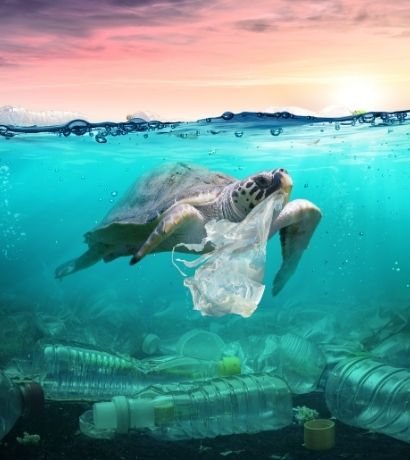

What can solutions be?
Earth day leads us to both think over the current situation of our Planet as well as to commit ourselves in order to find some potential solutions that may limit those damages that we have contributed to develop.
Some solutions that have emerged during the years include: material recycling, preserving natural resources such as petroleum and fossil fuels, banning of harmful chemical products, ceasing to destroy fundamental habitats such as humid forests as well as protecting endangered animal species.
What can we do thanks to earth Day?
Nowadays all countries (193 worldwide) can and must put climate emergency at first place: the main theme of Earth Day 2021 implies concrete action, with the slogan “Restore our Earth”.
During Earth Day, with more than one billion people participating, several global summits and events regarding climate will be carried out worldwide, focusing on different topics: literacy on climate and environment, climate recovery technologies, reforestation efforts, regenerative agriculture, environmental equity and justice, innovative thinking to restore ecosystems and much more.
As stated by WWF: “2021 will be a strategic year for countries signatories of the Paris Agreement, who can avoid climate catastrophes by reviewing the objectives of their own national contributions (NDC) and by presenting ambitious long-term strategies (LTS), to lead the world to limit heating at 1,5 °C in comparison with the pre-industrial area”.
Thanks to 2030 Agenda, starting from 2015 governments of UN countries follow a program of concrete actions with the aim of pursuing within 2030 up to 169 global goals of sustainable development, amongst which there are the following: fighting against climate change, life on earth, clean and accessible energy, responsible consumption and production processes as well as sustainable towns and communities. Also 2030 Agenda is therefore amongst the important projects that support this fundamental day for the entire human race.
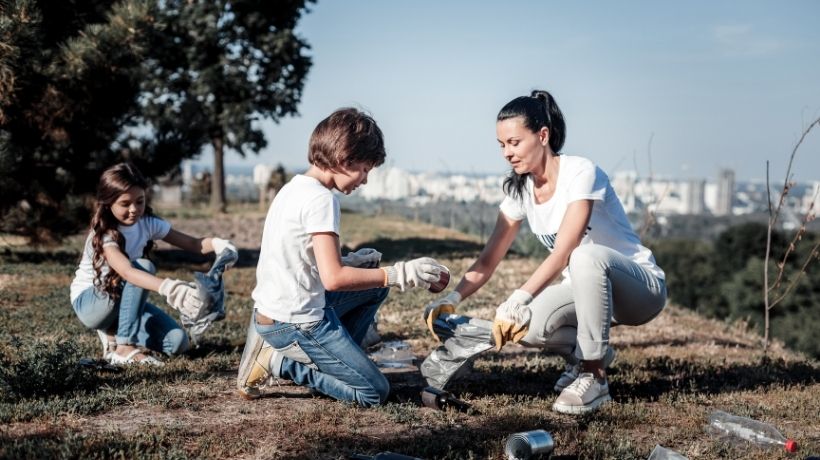
What concrete actions can we do in our everyday life to protect environment?
- Prefer food coming from sustainable agricultures that do not use pesticides harmful for nature, for animals and for the environment.
- Change old light bulbs with LED bulbs that are ecological and imply low energy consumption.
- When possible, prefer public transport or car sharing, whilst for short distances opt for a bicycle o go walking.
- Dedicate an area of your terrace or your garden to cultivate flowers and plants which are bees’ friends, as the latter are jeopardized by pesticides: choose aromatic plants, tulips and lavender.
- As far as possible, avoid the use of plastic bottles, using instead a water flask or drinking tap water; especially when waste sorting cannot be done efficiently, following the given rules by each municipality.
- Try not to waste water: by using again the water we used to wash fruit and vegetables, by using all appliances only with full loads and by closing the tap while showering when the water is not needed.
A healthy planet is not an option, it is a need!





